Untapped Beauty in California’s Central Valley
Springtime in California's Central Valley
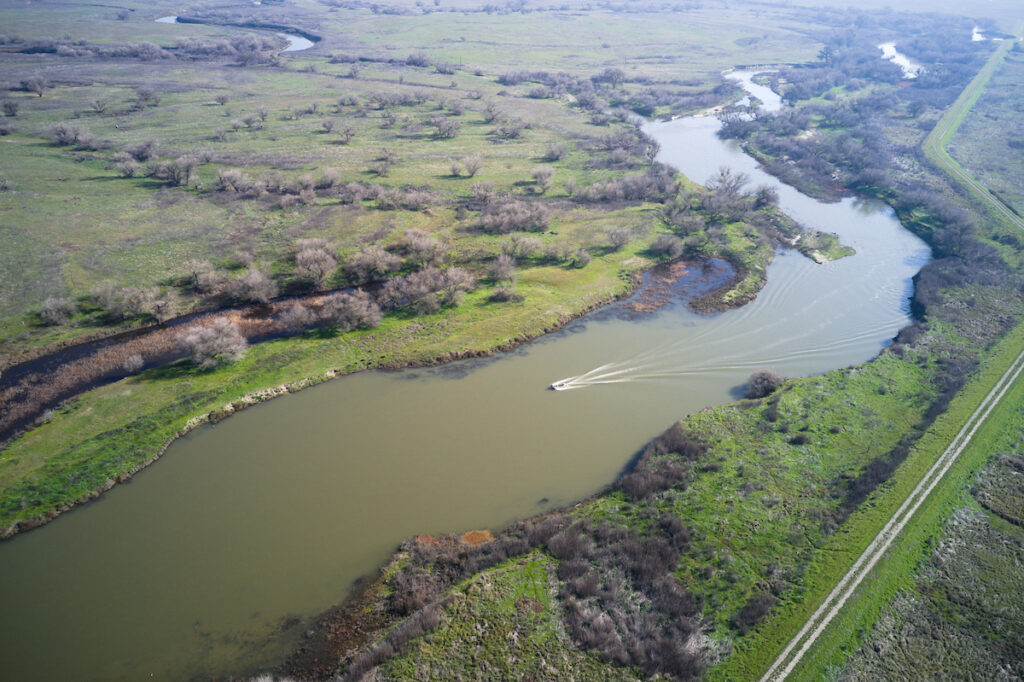
California gets a lot of press for its natural beauty. The sheer granite walls of Yosemite and towering redwoods on the coastal slopes. Joshua Trees piercing a crisp blue sky, and the grand Pacific seascape. But what do you think of when you hear about California’s Central Valley? A tractor might come to mind. Big dust clouds kicked up into the air alongside a concrete aqueduct that funnels water from far away. It’s true. Over the past two centuries, 95% of the Central Valley’s wetlands have been lost to development, landscaped out of existence to satisfy the hunger of an urbanizing, growing nation. But that’s only part of the picture. California’s Central Valley extends far beyond what you can see from the freeways bisecting the belly of the state to connect the Redding to the Bay Area to Los Angeles. The region once boasted one of the largest and most biologically diverse wetlands on earth nourished by the mighty Sacramento and San Joaquin Rivers, and what is left remains true to its origins, providing a lush home for native species and open space for visitors to enjoy.
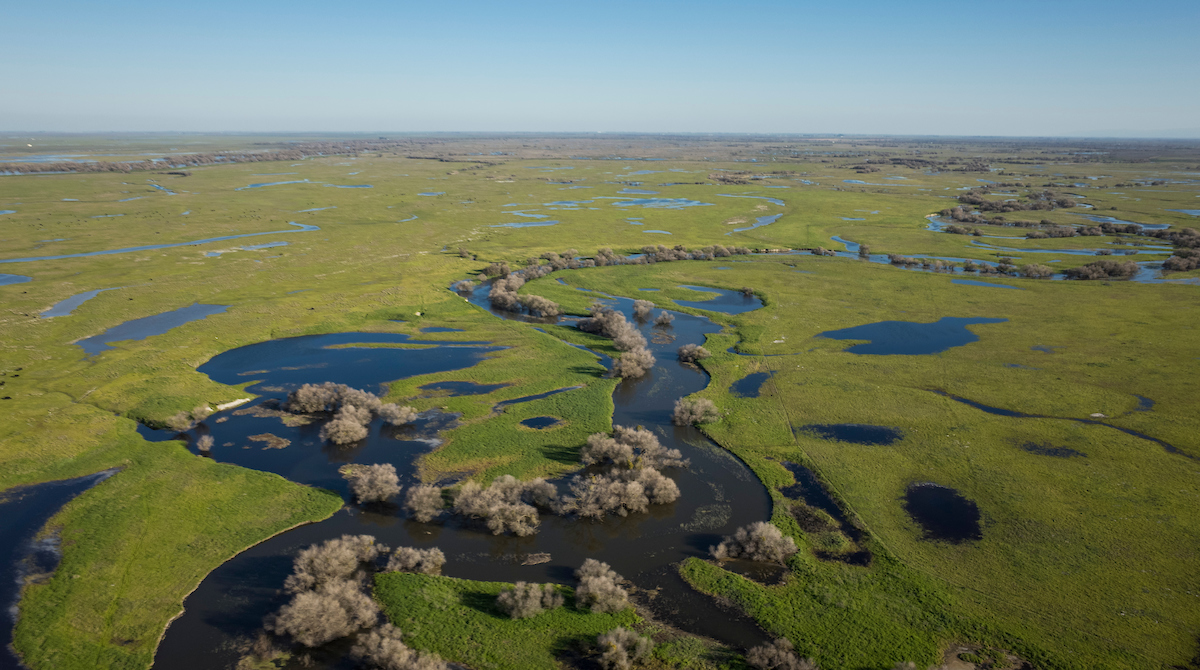
It is springtime in the Central Valley right now, and its rivers and floodplains are bursting with new life. Chinook salmon push up the San Joaquin River to spawn in their ancestral home and Swainson’s hawks migrating from afar perch above the fields waiting patiently for their next meal. Birdsong from cliff swallows fills the air; stay a while and you will see blue herons, egrets, king fishers, killdeer, and perhaps a coyote or some frolicking river otters. When you visit Great Valley Grasslands State Park in Merced County, which straddles the banks of the San Joaquin, you step into a different era. The hum of the freeway fades away. The horizon extends so far you wonder how Montana got the nickname ‘big sky’ and not California. A temperate breeze rustles the cottonwood leaves along the river and creates golden wavelets across the adjacent flower-studded vernal pools, a reminder that there is more than one type of jewel in the ground. That the Gold Rush can come with the seasons, not just the swing of a pickaxe.
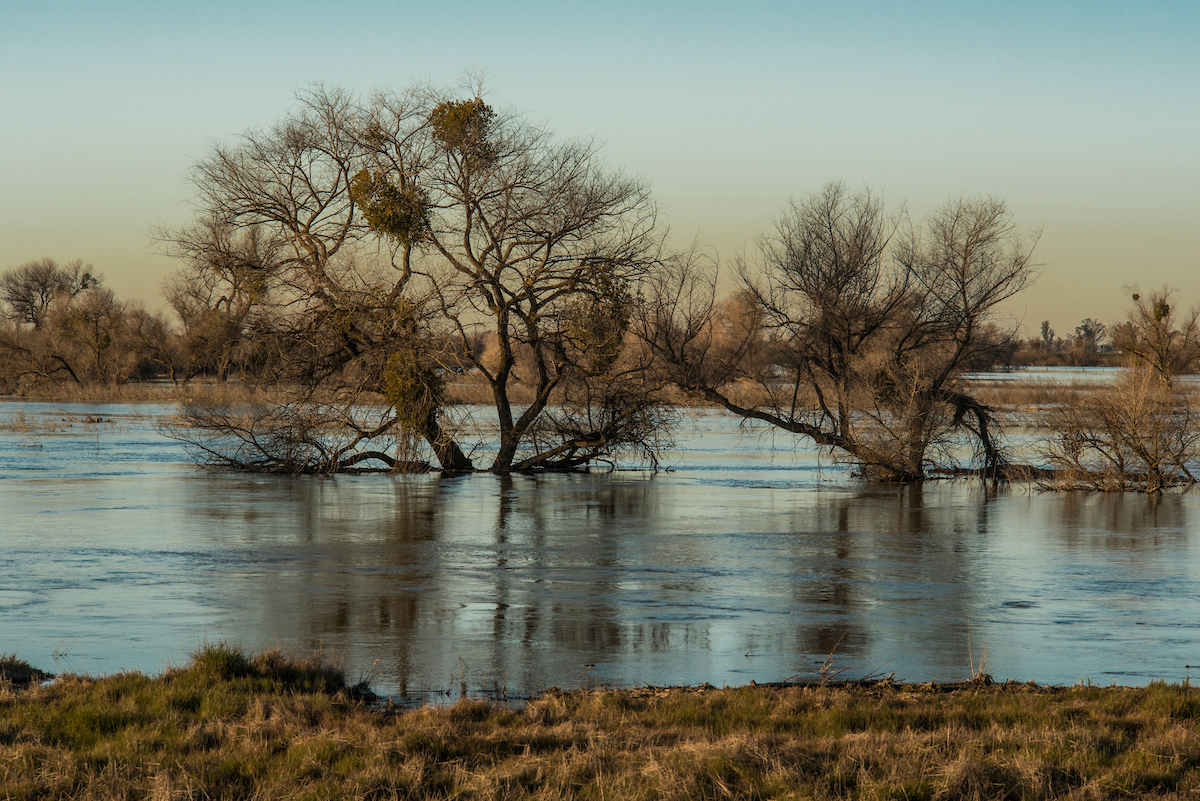
But these areas need to be protected so that future generations of Californians can enjoy them. American Rivers is spearheading projects to conserve and restore this untapped natural beauty, opening access to the public so more can enjoy what the Central Valley has to offer, and taking critical measures to maintain the biodiversity and climate resilience of this unique region.
At Great Valley Grasslands State Park in Merced County, American Rivers is partnering with California State Parks to begin reconnecting the San Joaquin to its historic floodplain, with boots hitting the ground in Fall 2022. At Marsh Creek in Brentwood and Oakley, we restored one mile of urban creek, with plans to restore hometown creeks in Richmond and other urban areas in the Central Valley and Bay Area.
From multi-benefit floodplain restorations that sustain and revitalize ecosystems to creek restorations that beautify urban space and reconnect residents to the natural serenity of the Central Valley, we are building powerful partnerships that capitalize on the expertise and passion of environmental advocates and communities across the state. The next time you’re in California, stray off the beaten path. The Central Valley is waiting, and there is plenty of room to stretch your legs or dip your paddle if you know where to look.

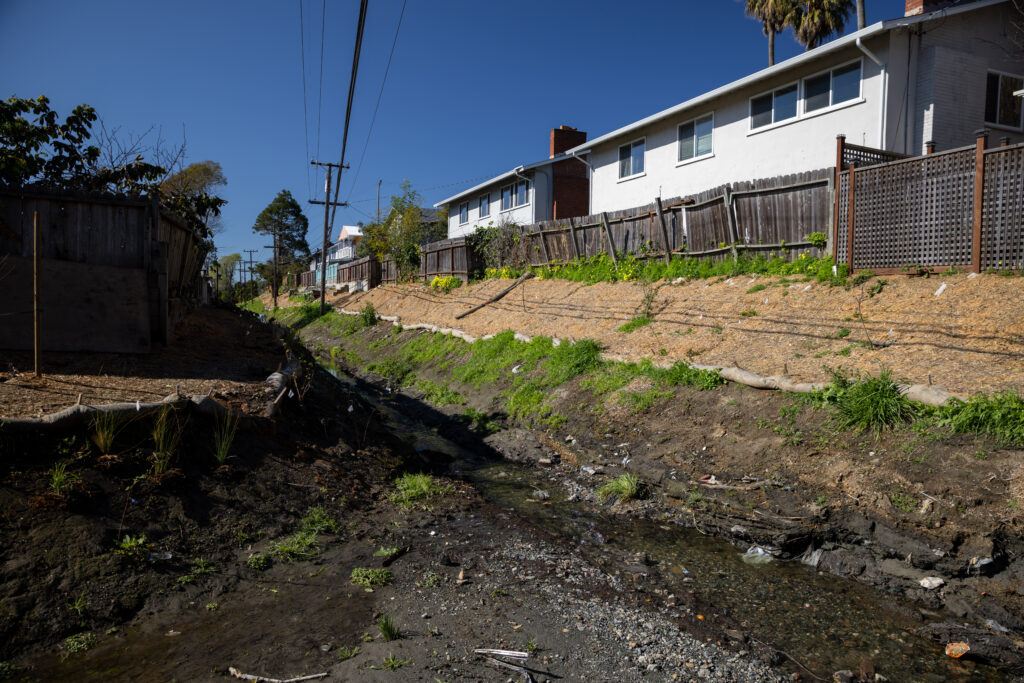

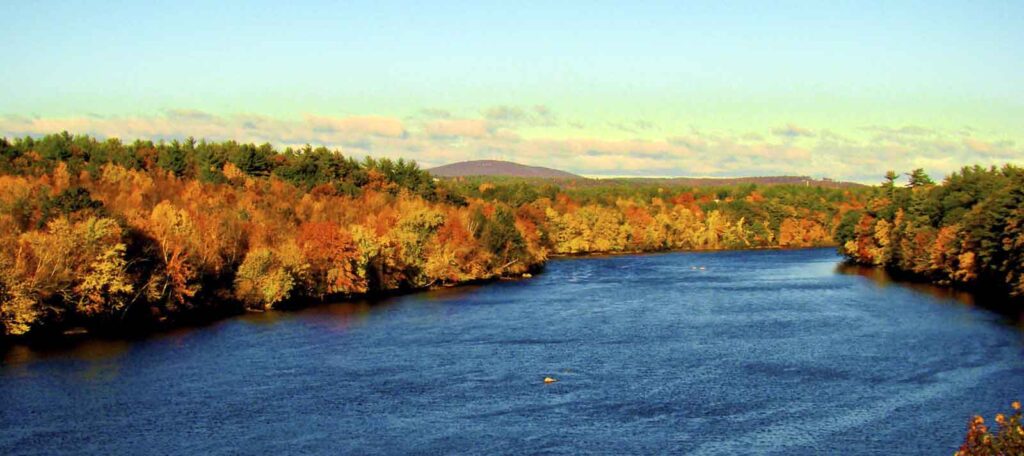

1 response to “Untapped Beauty in California’s Central Valley”
It only exist because of those who care, as if were left up to the state and feds it would all be destroyed in the name of industrial farming and development interest. The California Department of Fish and Wildlife and US Fish and Wildlife Service have stood by for the last several decades and did nothing to stop the rape of our most precious rivers, wetlands and riparian forest.